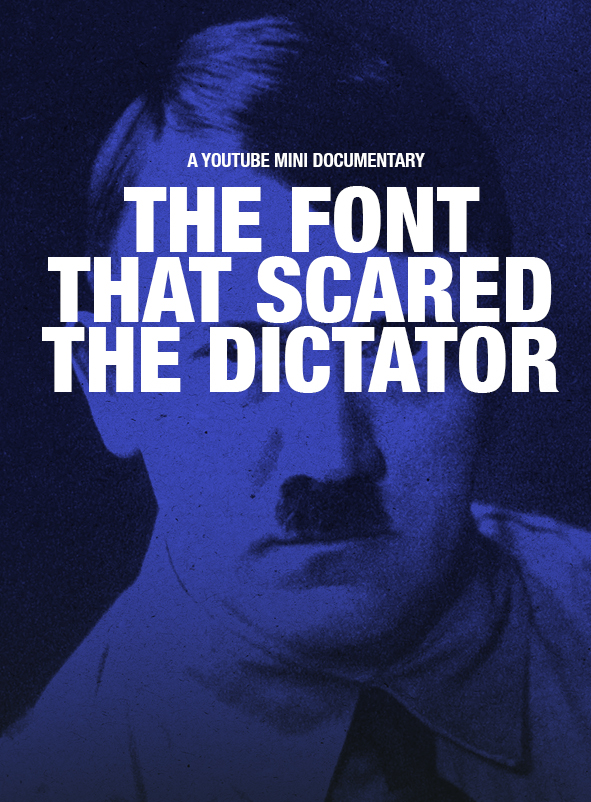Artist Who Mastered Nightmares: H.R. Giger
Hans Ruedi Giger (1940–2014), known as H.R. Giger, was a Swiss artist renowned for his biomechanical aesthetic, seamlessly blending organic and mechanical elements to create surreal, nightmarish imagery. His seminal 1977 work, Necronomicon, caught the attention of director Ridley Scott and inspired the design of the Xenomorph in the film Alien, earning Giger an Academy Award for Best Visual Effects in 1980.
Beyond his contributions to cinema, Giger’s creativity extended into various art forms, including sculpture and furniture design, characterized by dark fantasy fused with industrial motifs. He also ventured into interior design, creating immersive environments like the Giger Bars in Switzerland, which reflect his unique biomechanical style.
Giger’s influence permeated the music industry, where he designed album covers for artists such as Emerson, Lake & Palmer (Brain Salad Surgery) and Debbie Harry (KooKoo). His distinctive style also impacted video game design, notably inspiring the aesthetic of the 1993 game Doom.
In 1998, Giger established the H.R. Giger Museum(@hr_giger_museum)in Gruyères, Switzerland, housing the largest collection of his works and serving as a testament to his enduring legacy in the realms of art and design.
 Home
Home Articles
Articles Twos Talks
Twos Talks Videos
Videos


